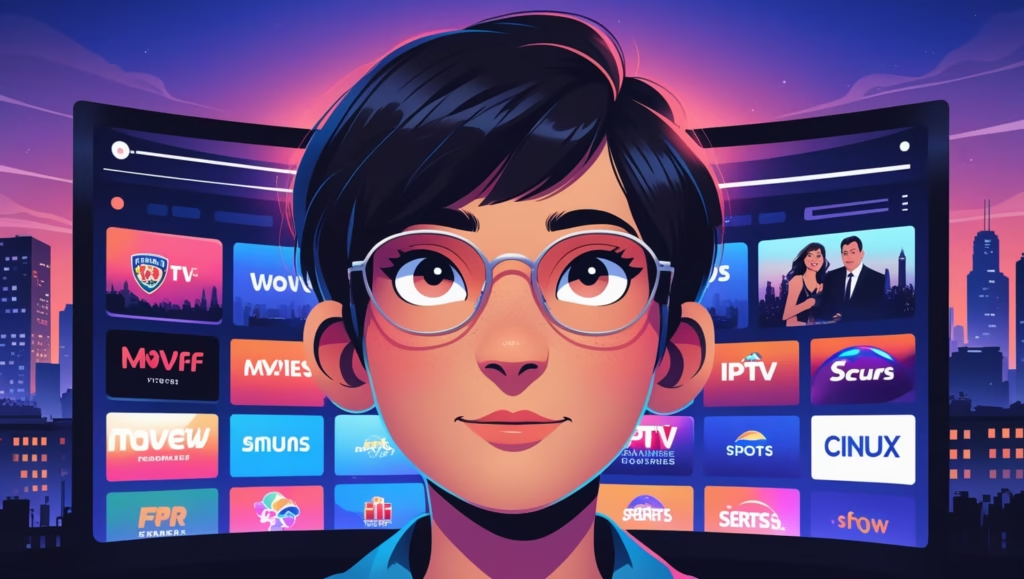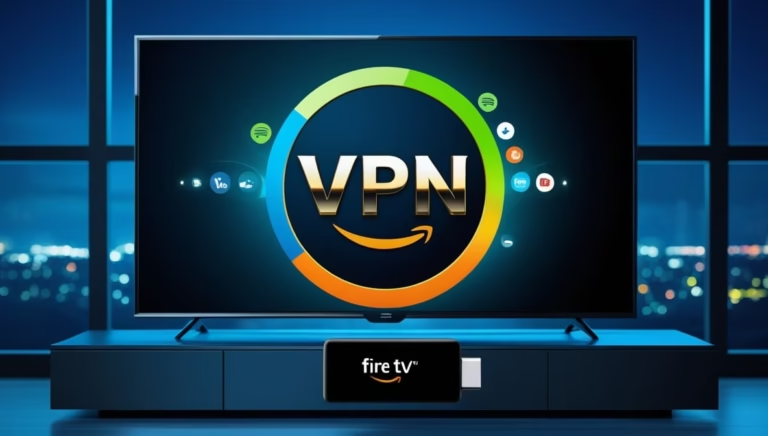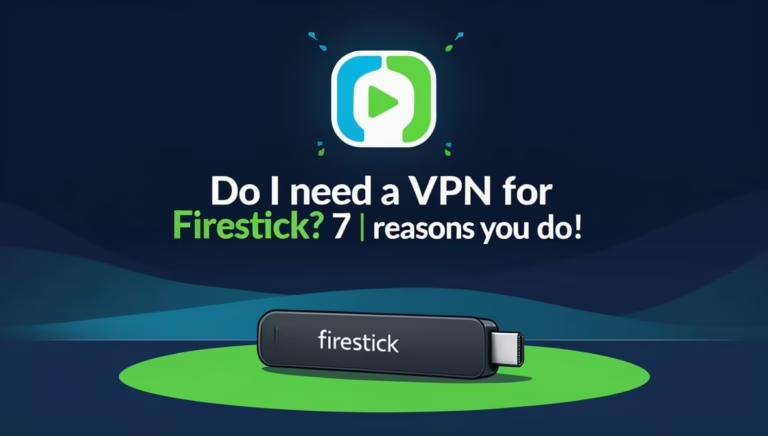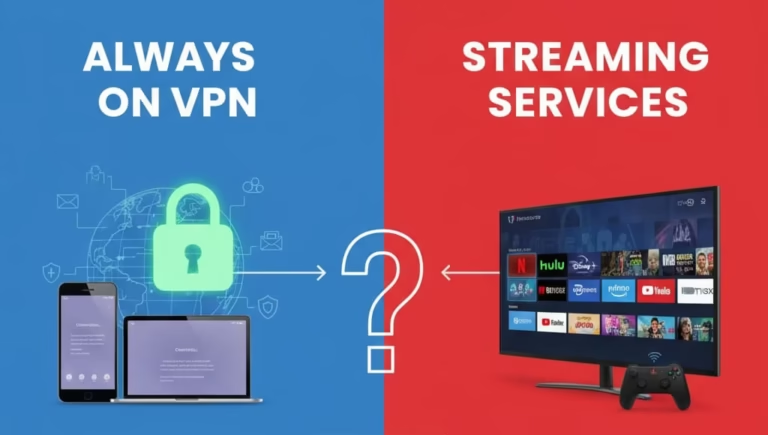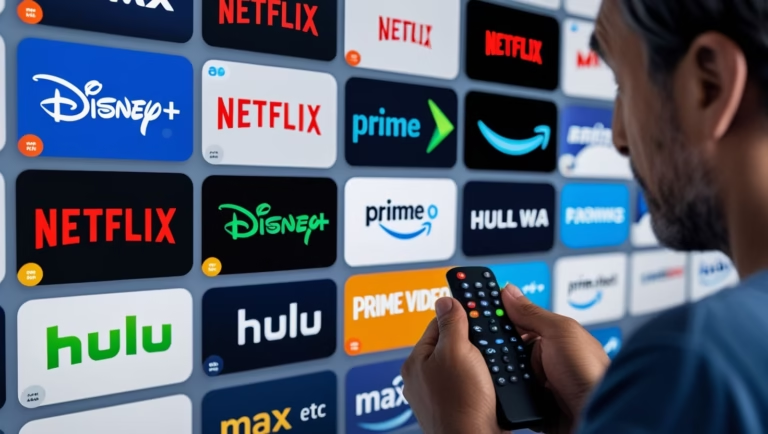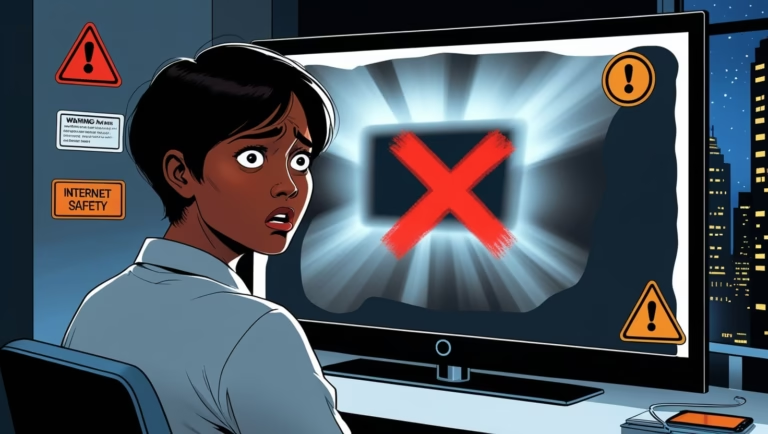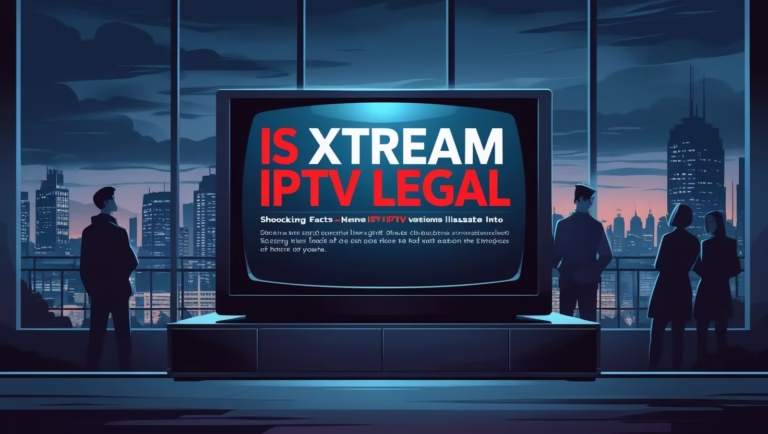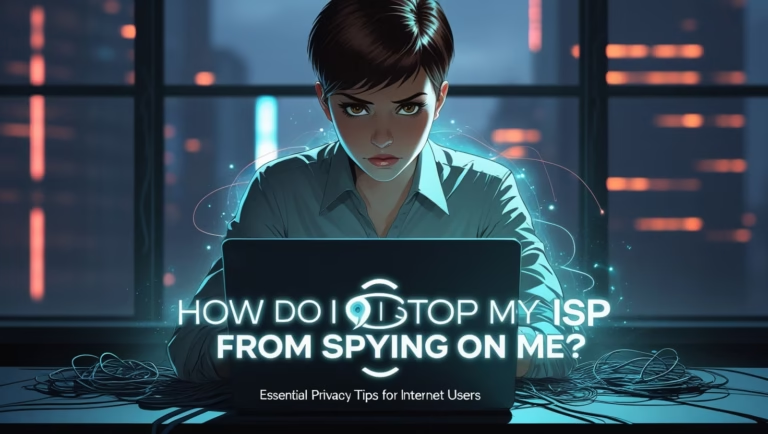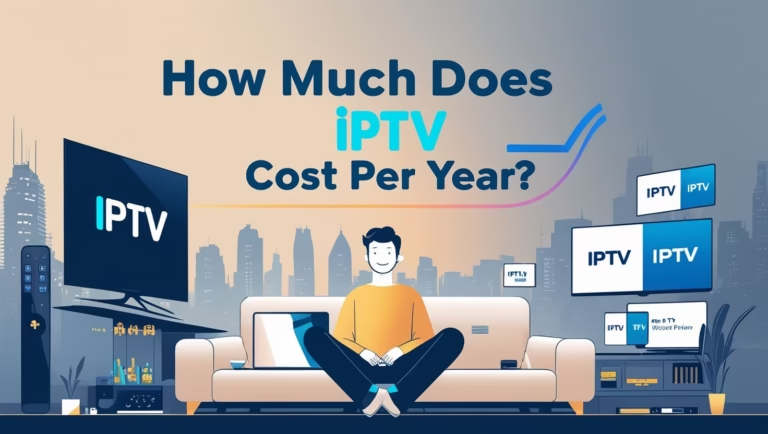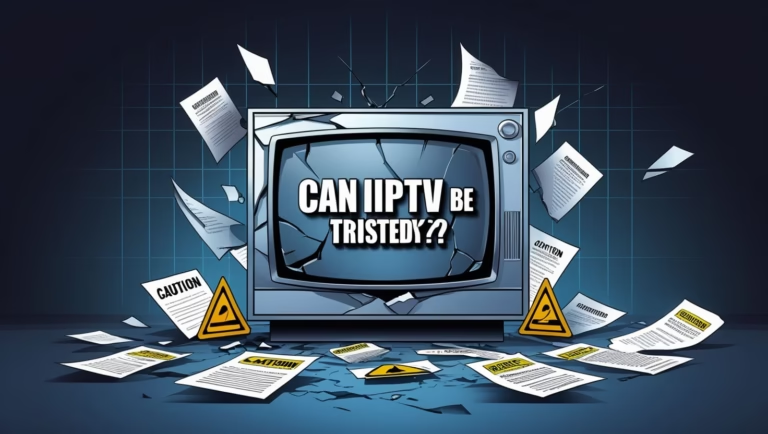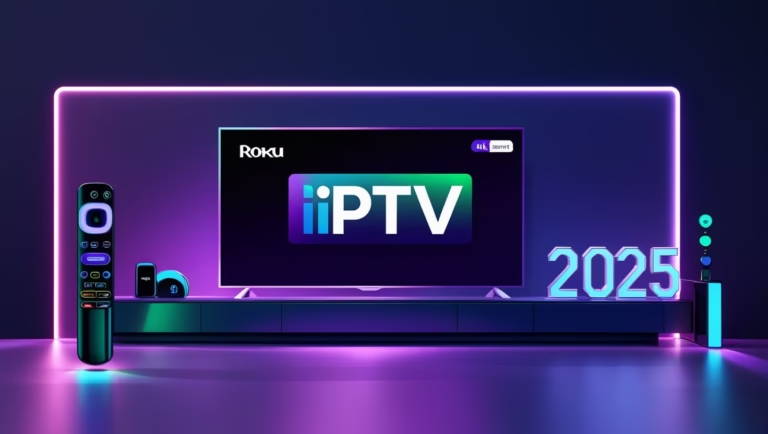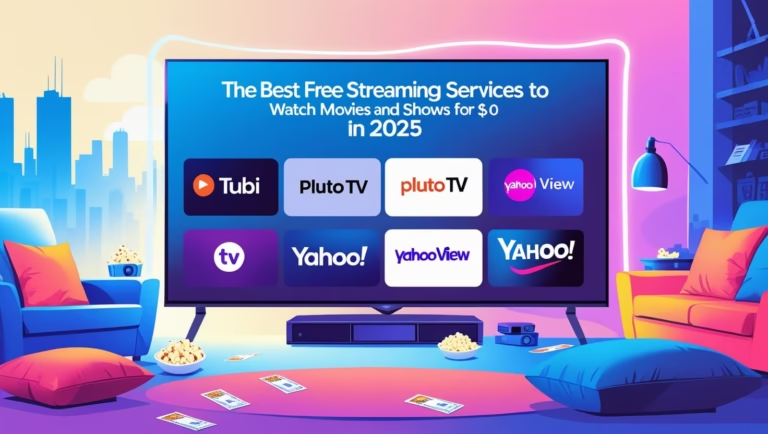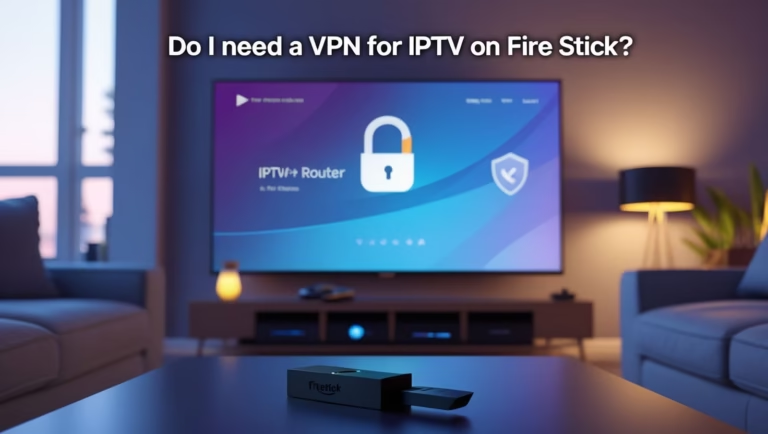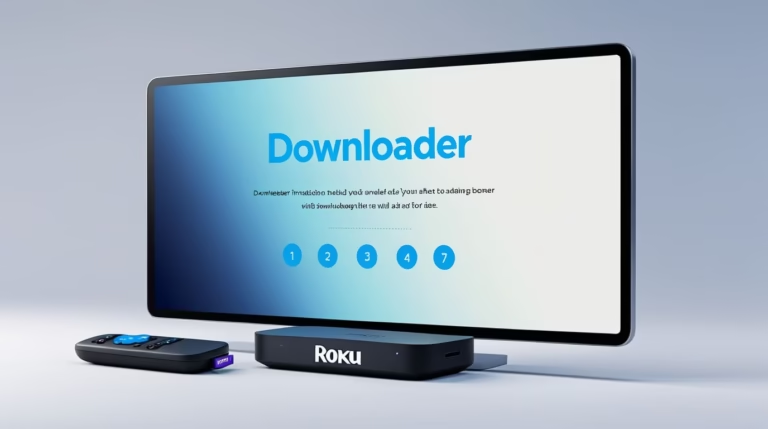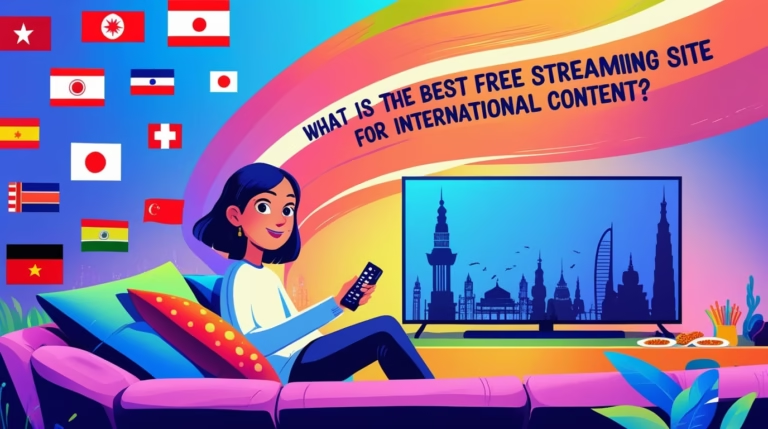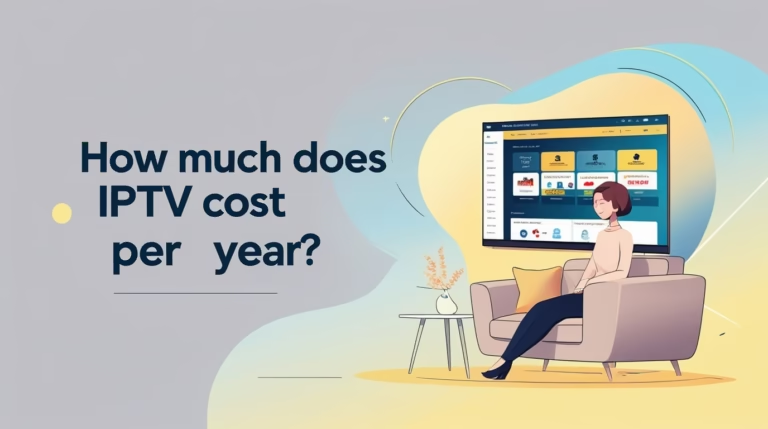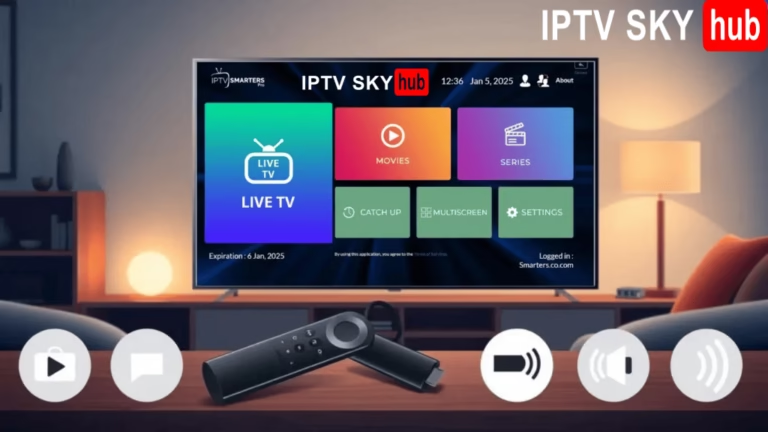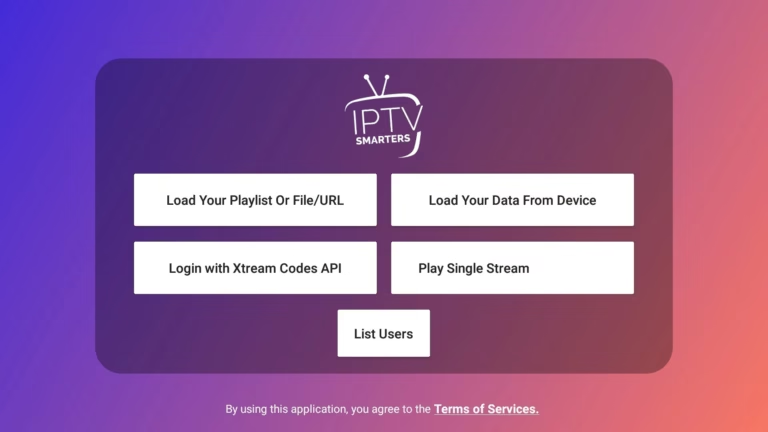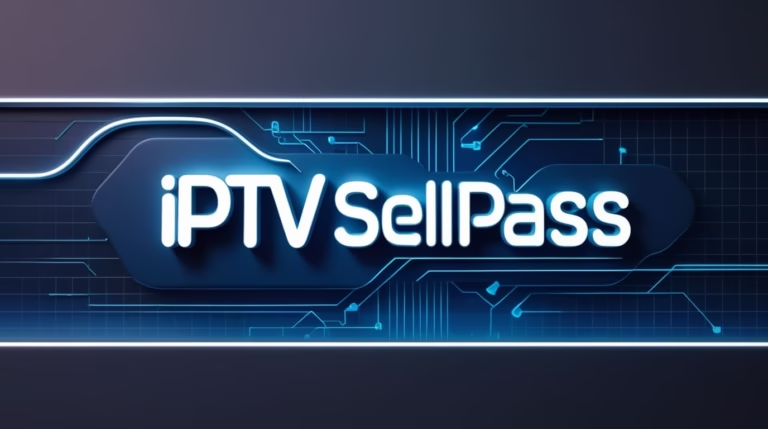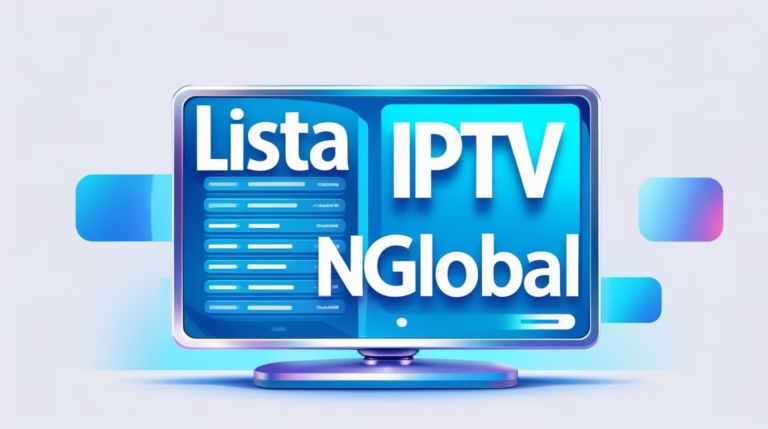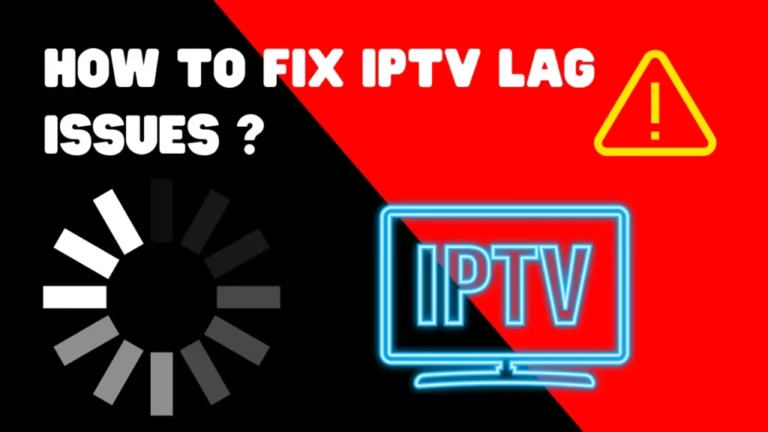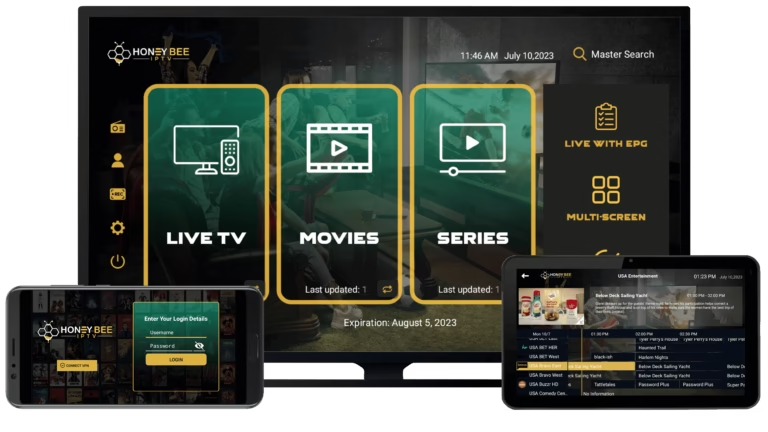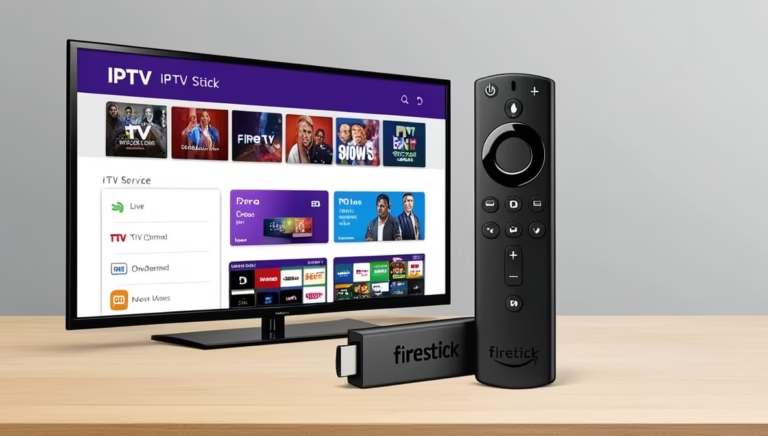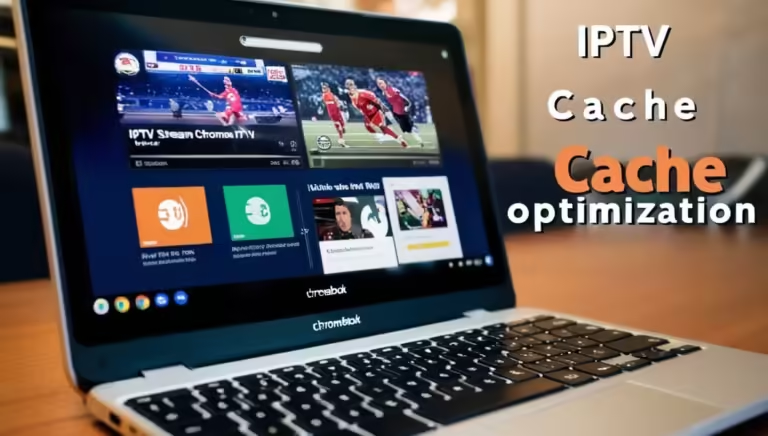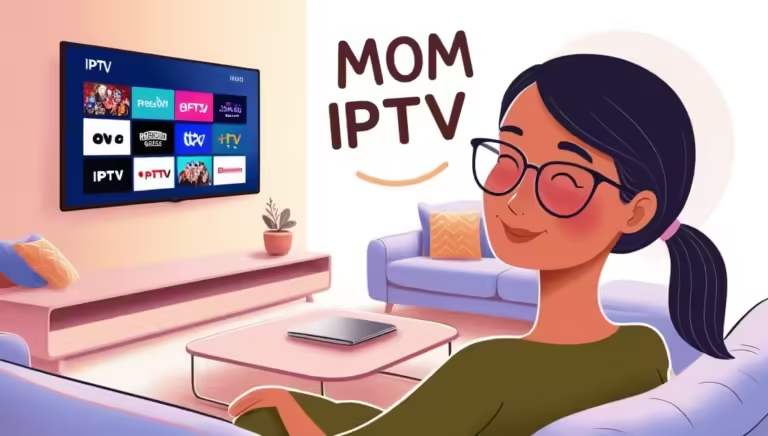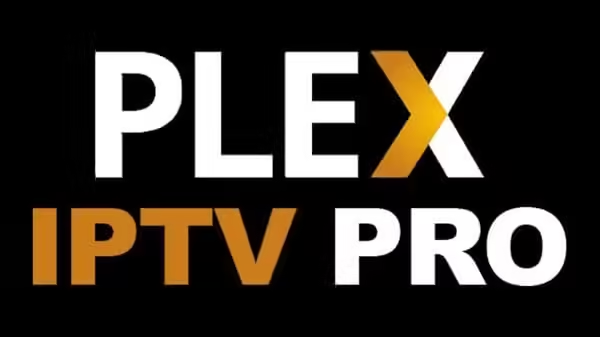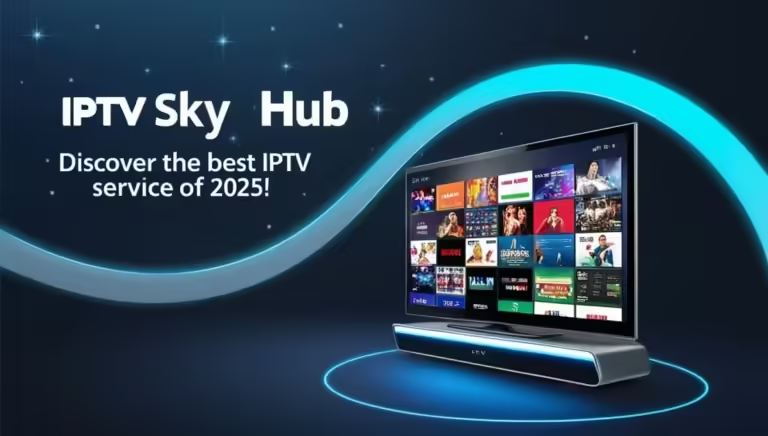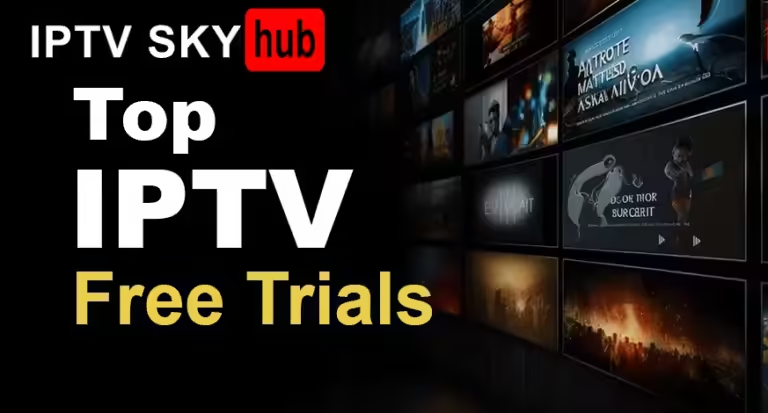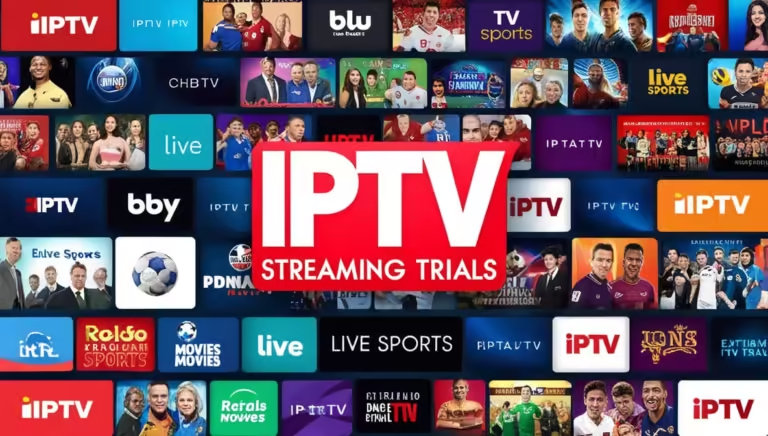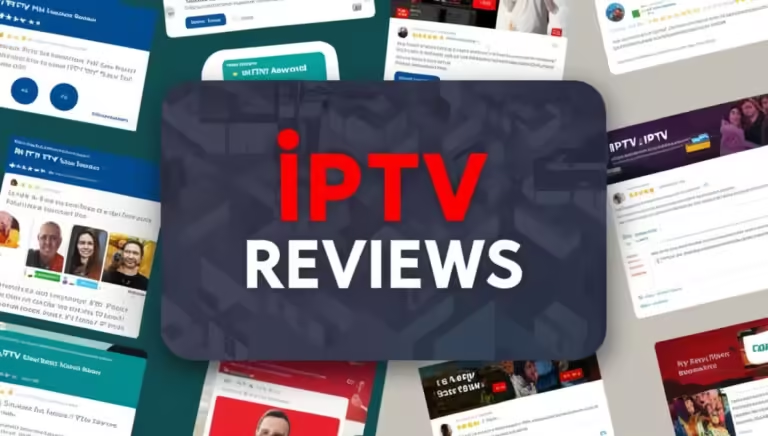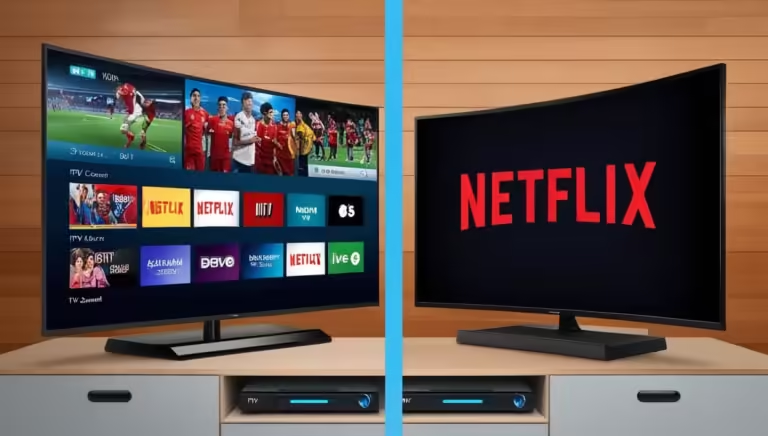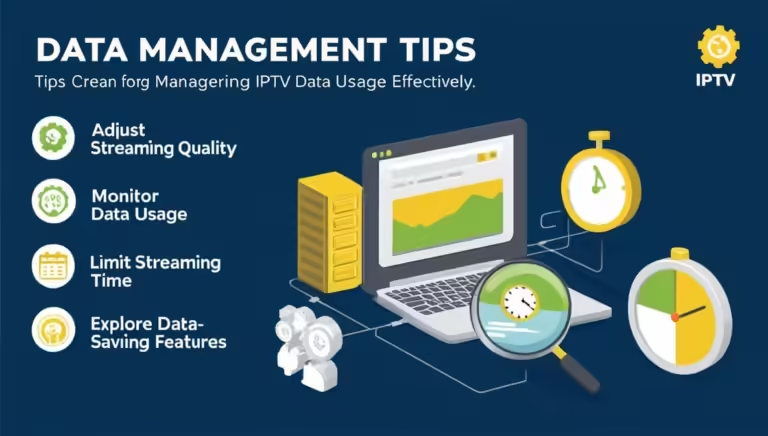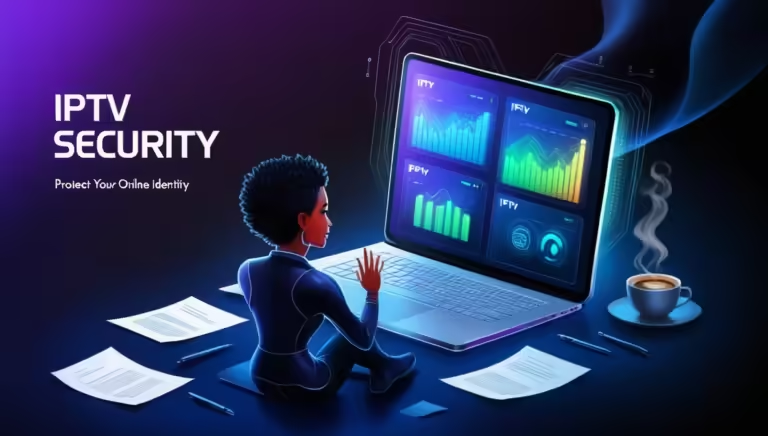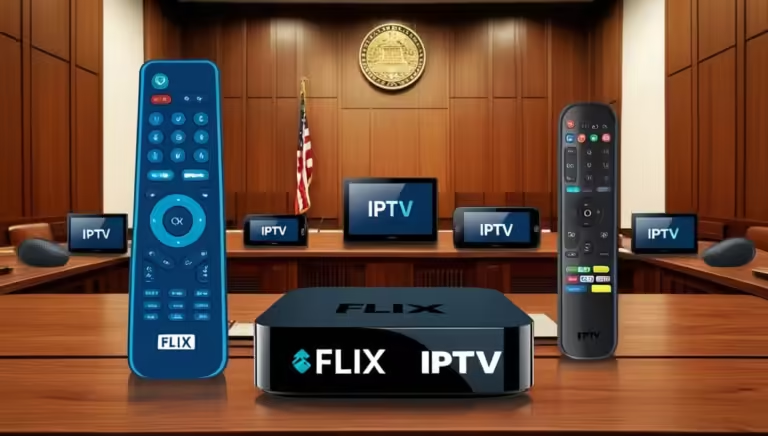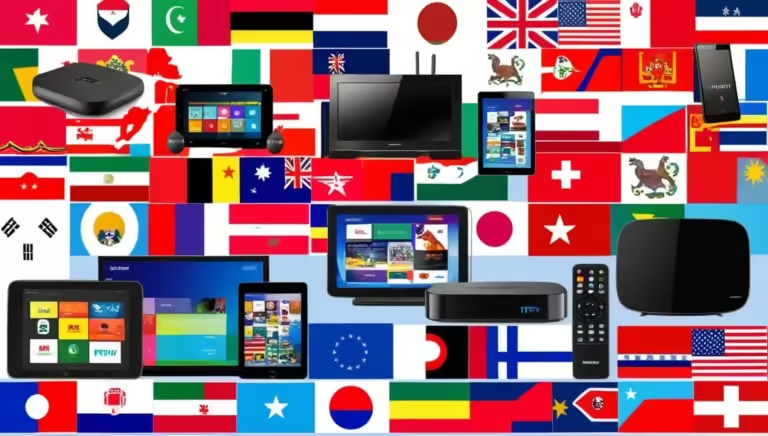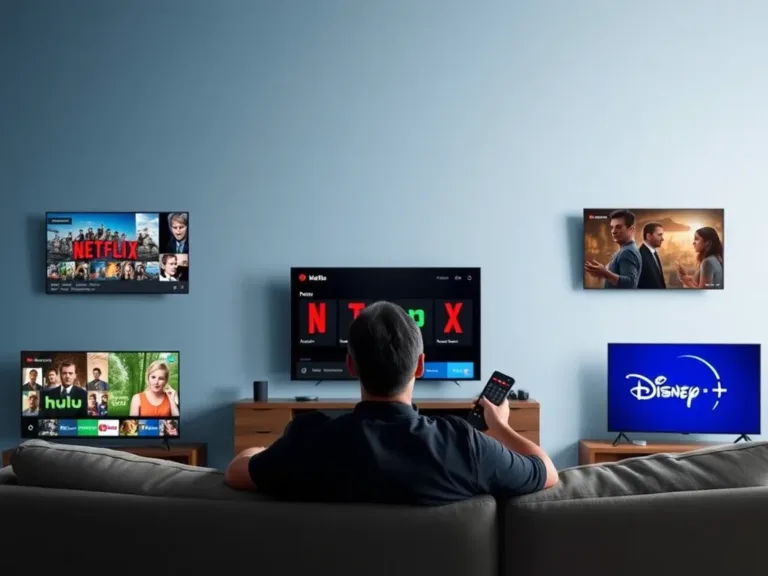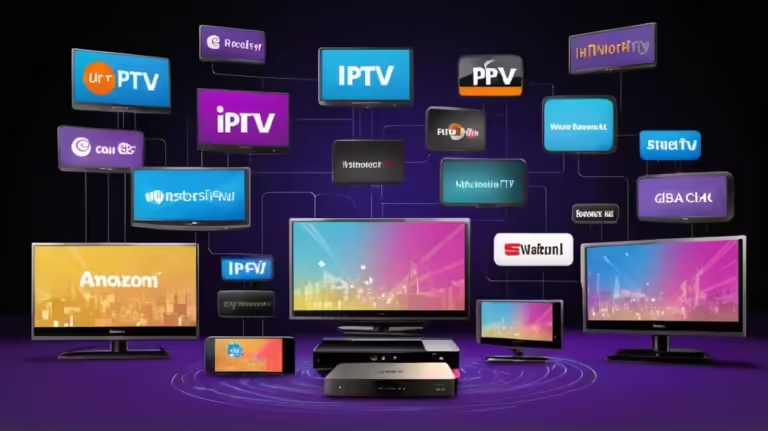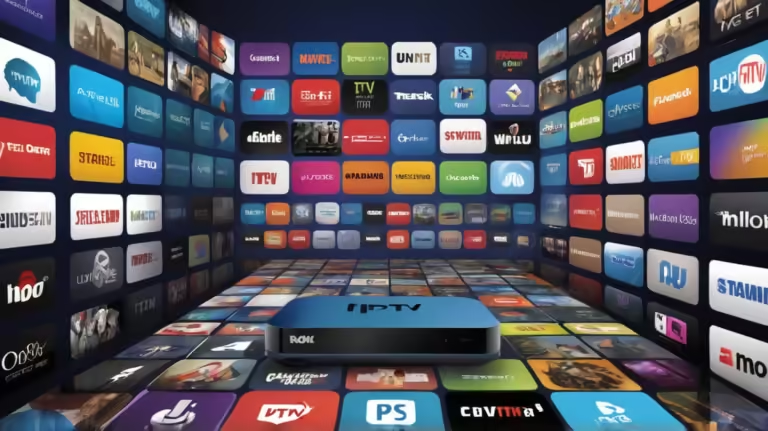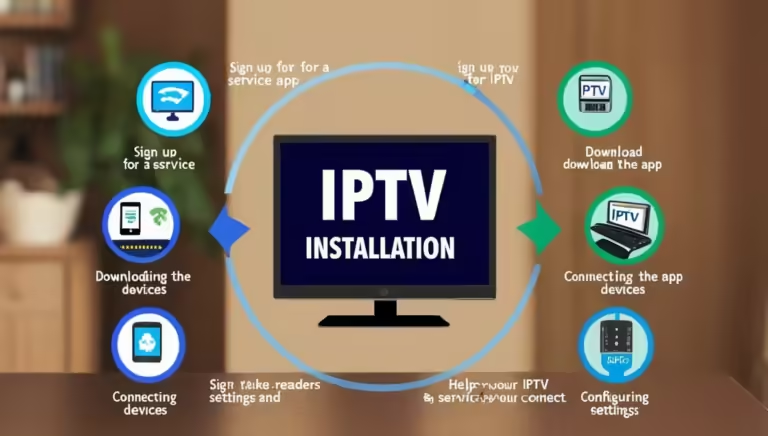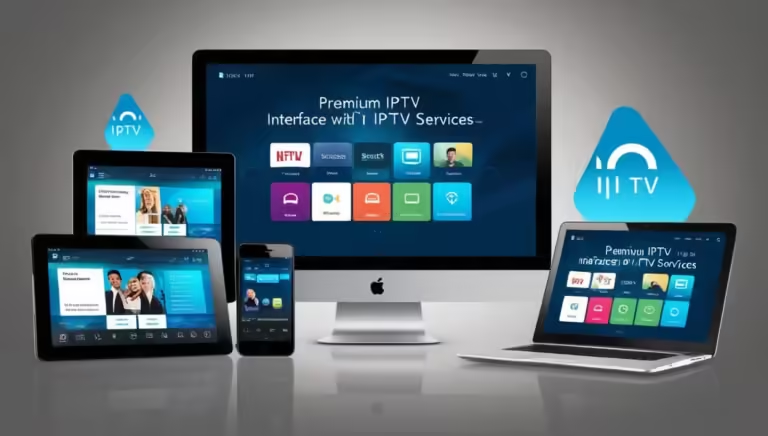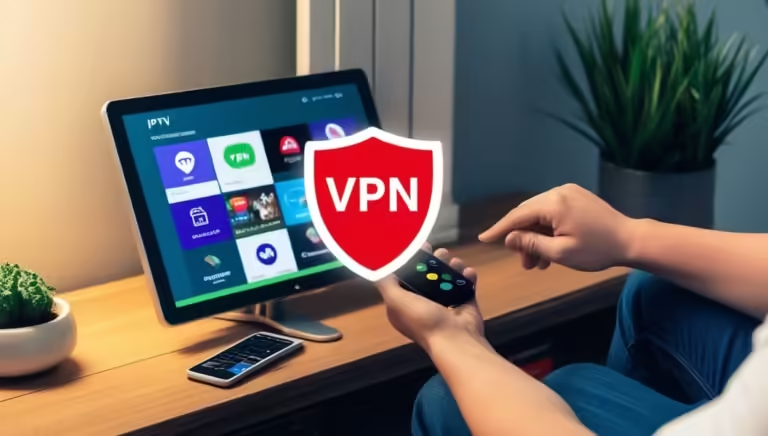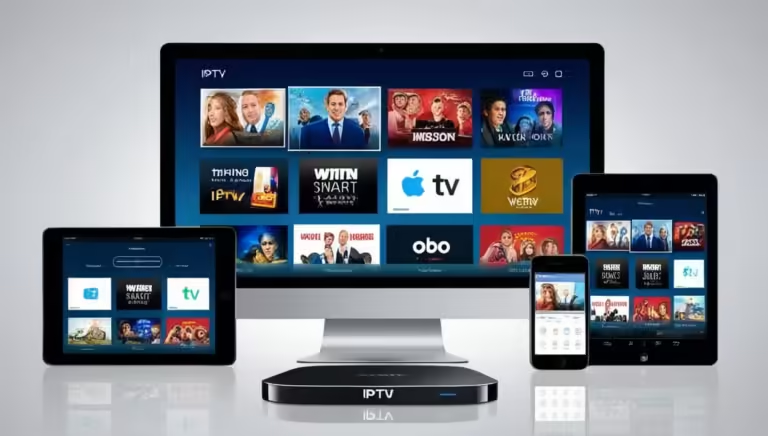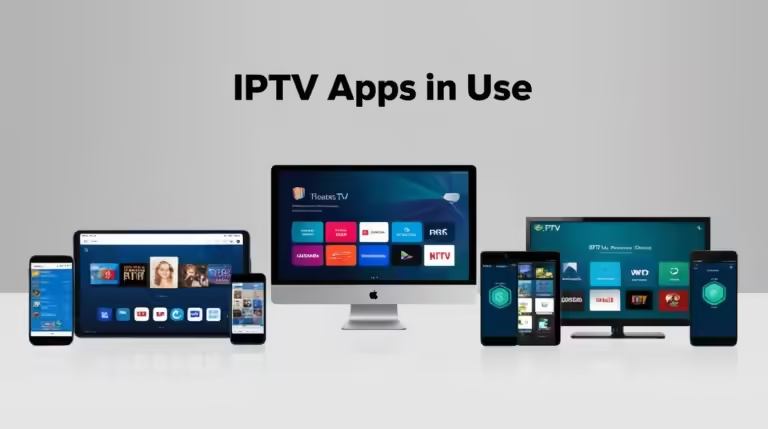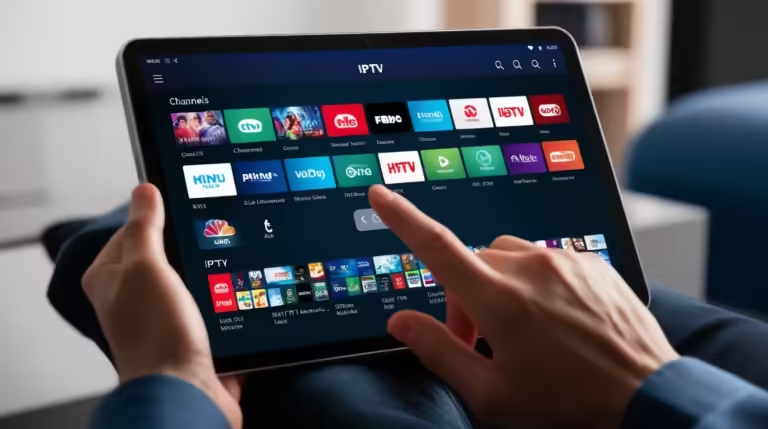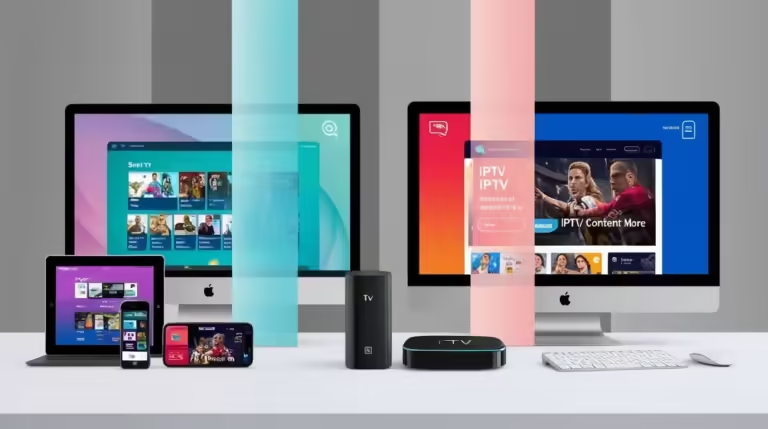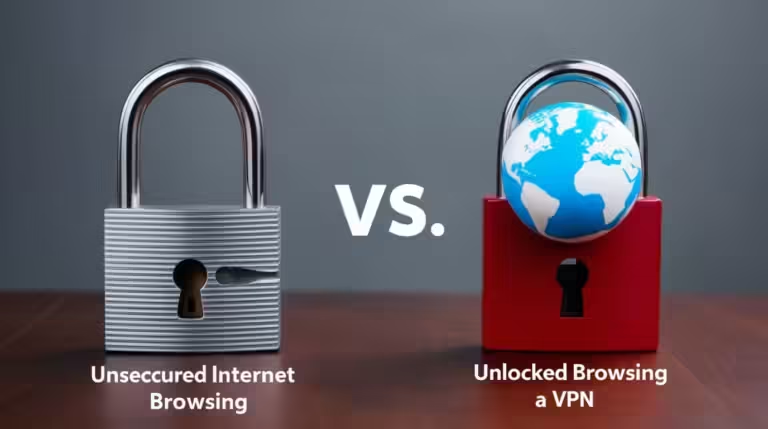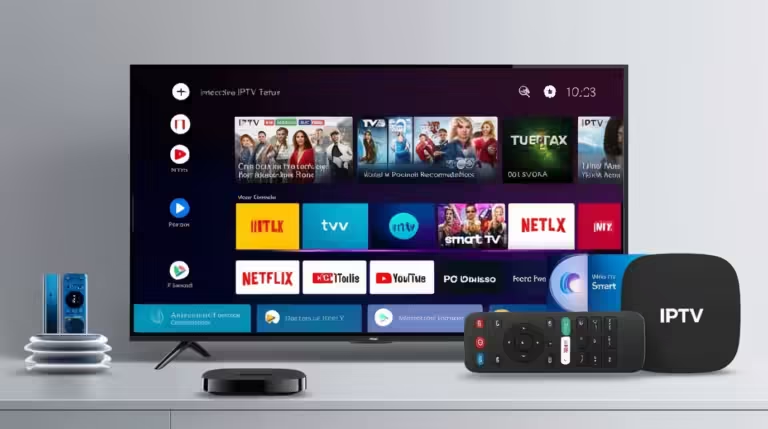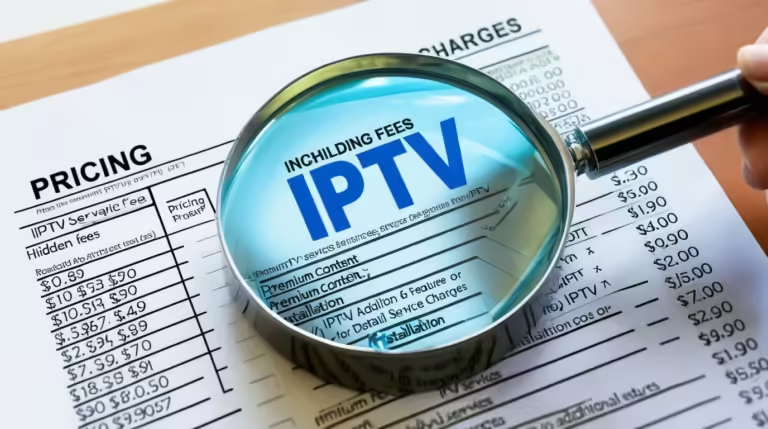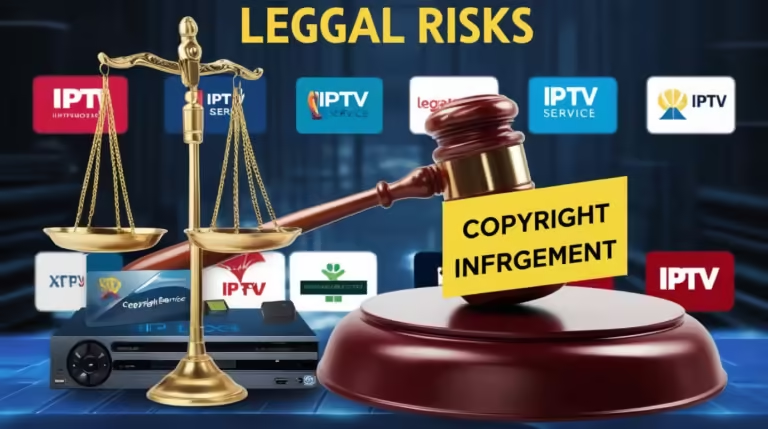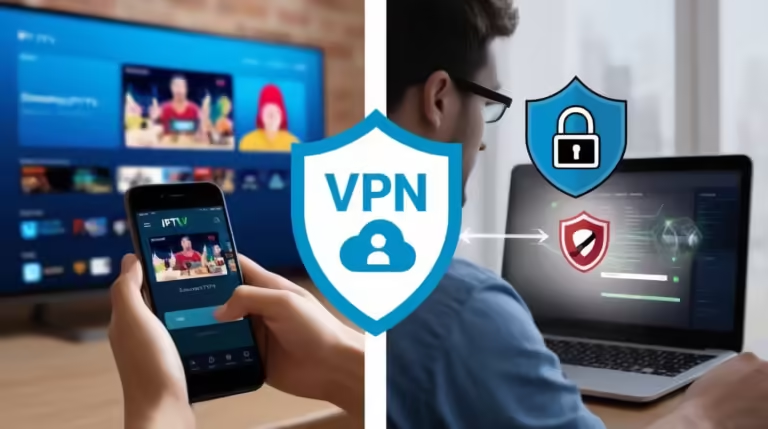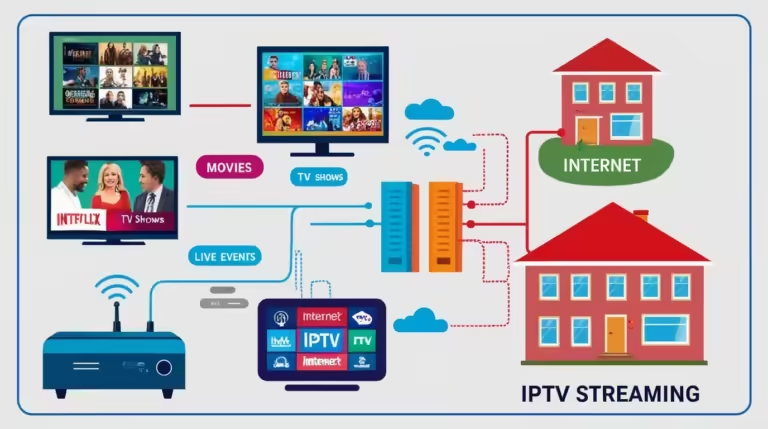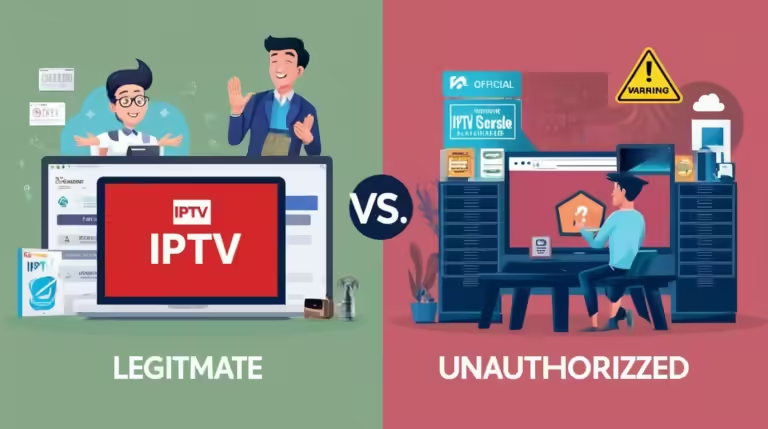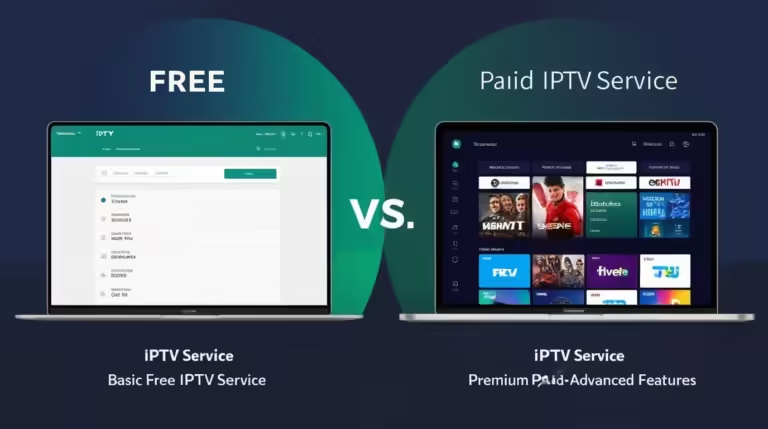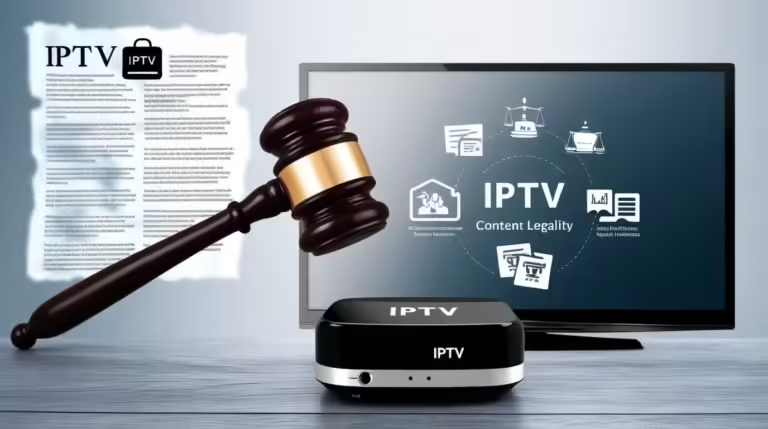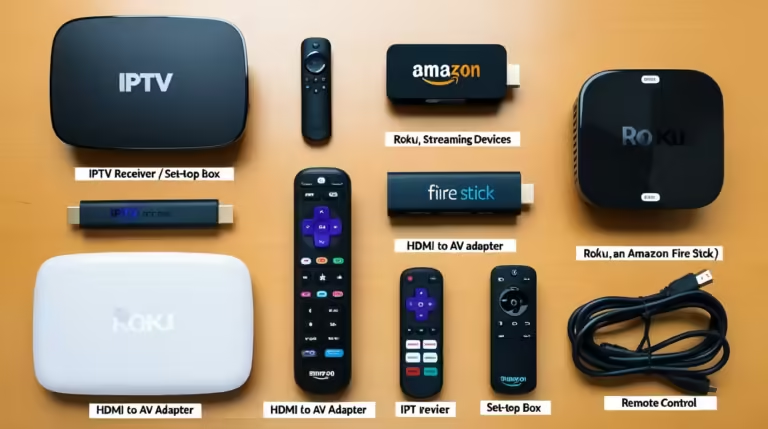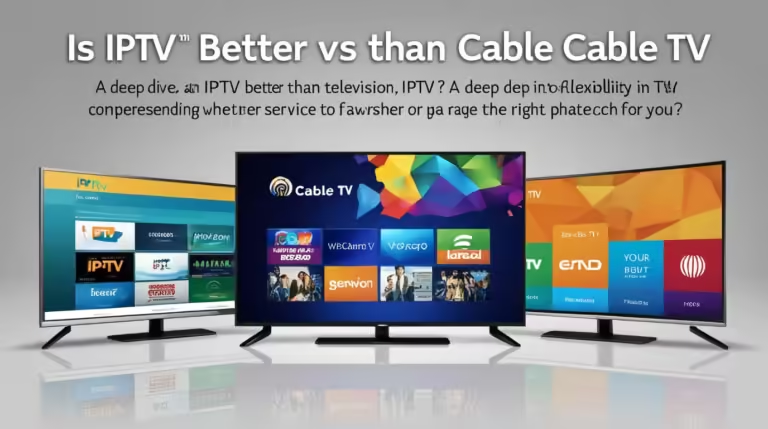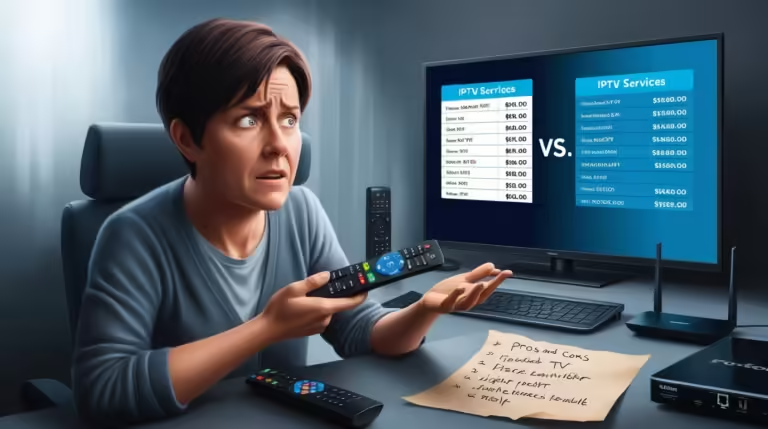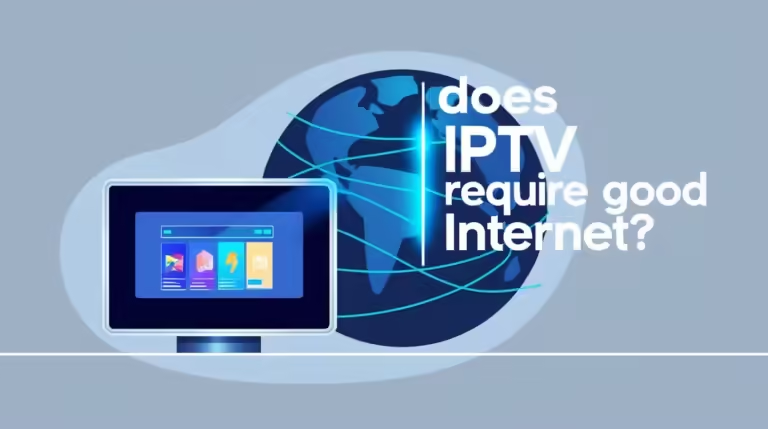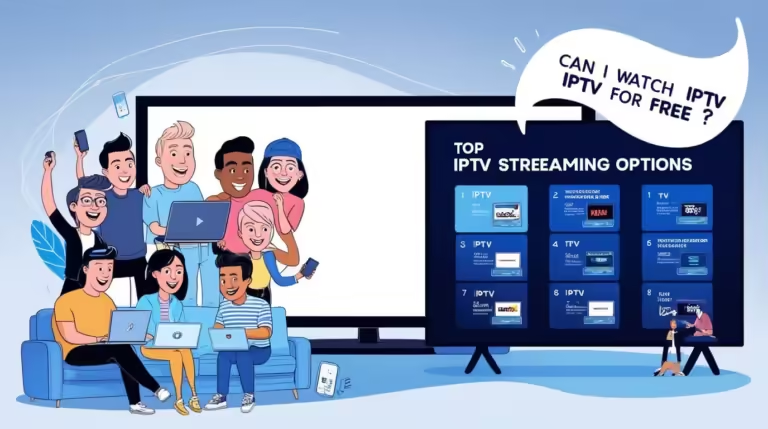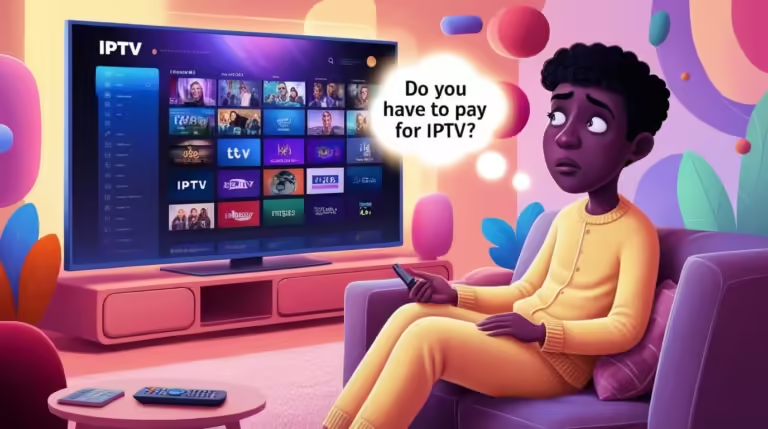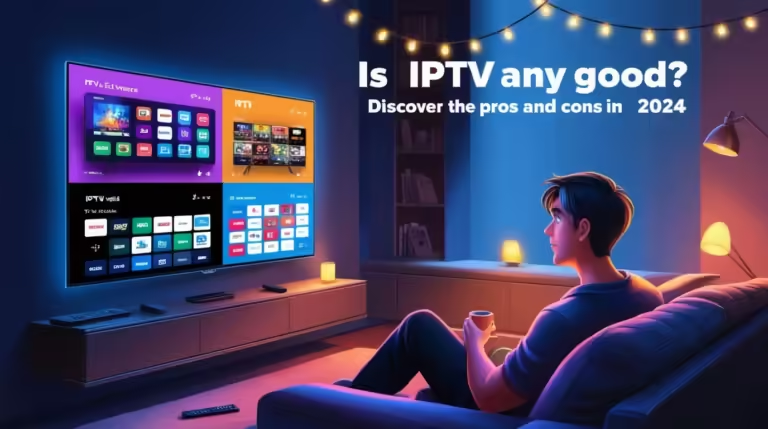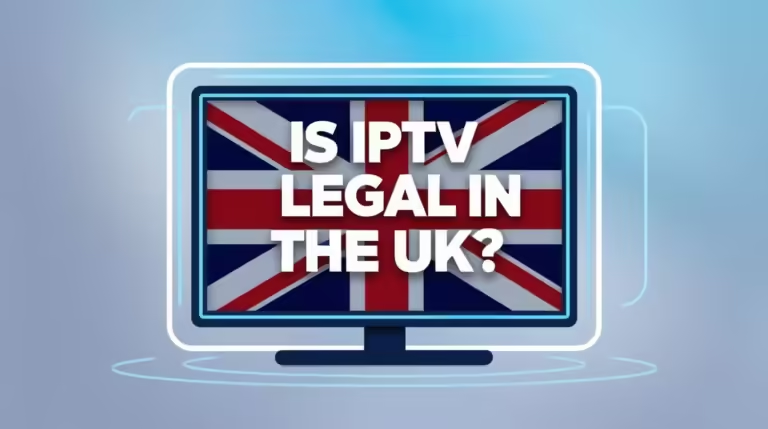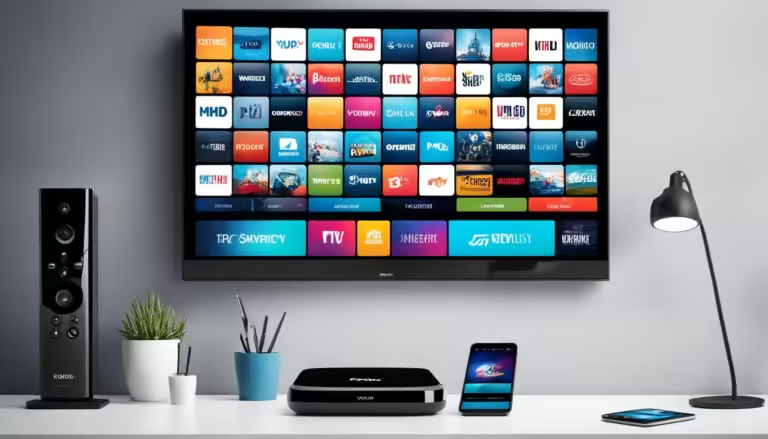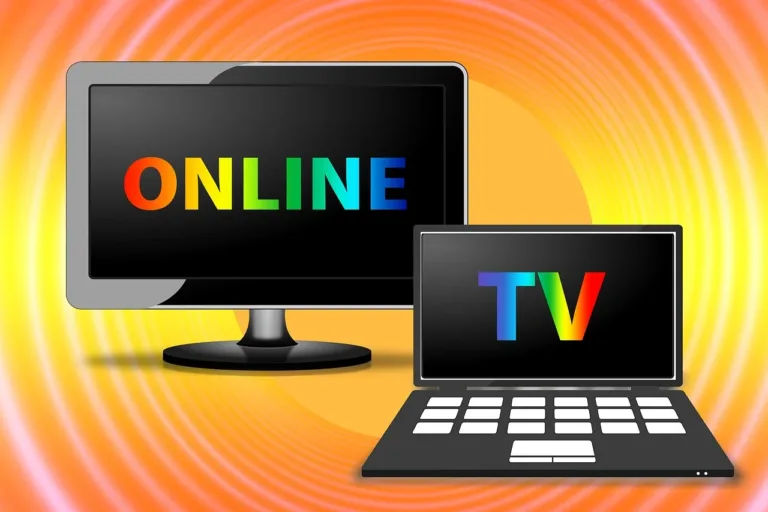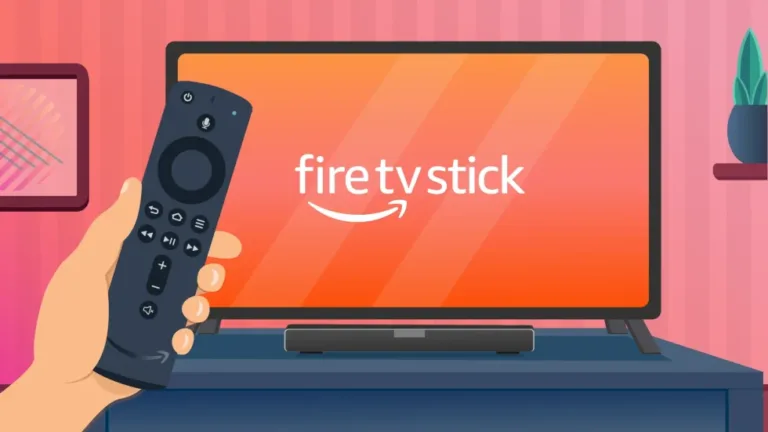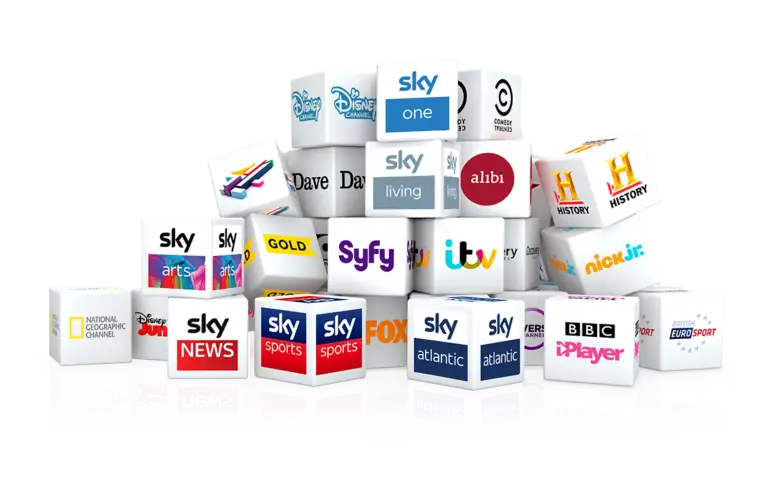Introduction: The Burning Question Everyone Asks
If you’ve ever wondered how IPTV providers manage to deliver thousands of live TV channels, blockbuster movies, and binge-worthy series at the click of a button, you’re not alone. The big question everyone asks is: Where does IPTV get their streams? The rise of IPTV (Internet Protocol Television) has completely changed the way we consume entertainment. Gone are the days of flipping through cable channels or waiting for scheduled programming. Now, people want instant access, on-demand shows, and global content—all from their smart TV, Firestick, or mobile phone.
But this magic doesn’t just happen out of thin air. IPTV streams come from very specific sources, and some of these secrets will shock you. From legitimate licensed broadcasters to underground piracy networks, the world of IPTV streams is vast, complex, and sometimes murky. In this article, we’ll dive deep into where IPTV gets their streams, breaking it down step by step.
By the time you finish reading, you’ll understand the entire supply chain: from content acquisition to technical tricks, the difference between legal and illegal sources, and even how IPTV providers avoid detection. So, grab a seat and let’s uncover the truth about IPTV streams!
Topic Overview
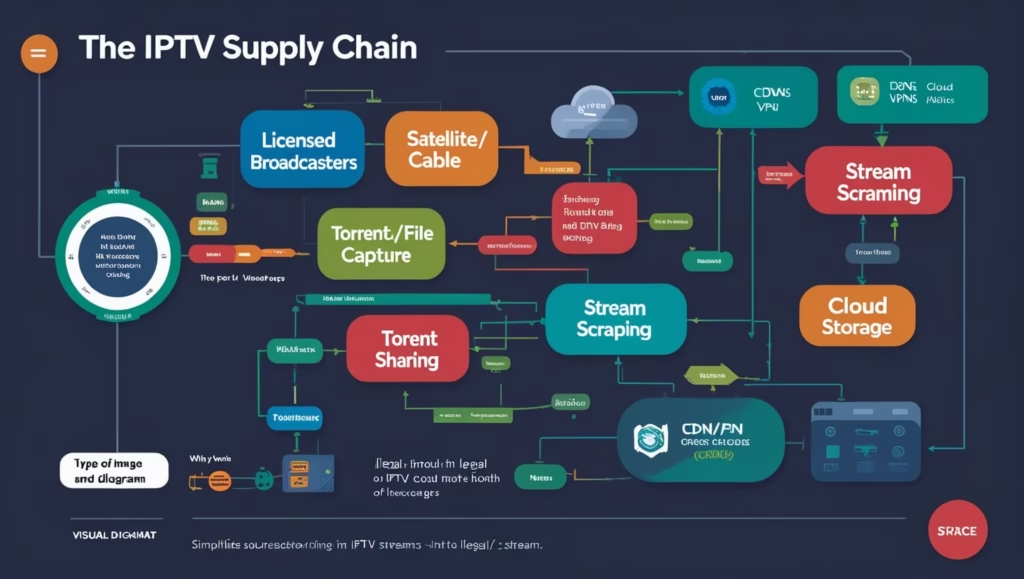
Where Does IPTV Get Their Streams? Let’s Break It Down
When we ask, “Where does IPTV get their streams?”, the first thing to understand is that IPTV providers don’t always create content themselves. Instead, they source it. Think of IPTV as a middleman that gathers streams from different origins and then delivers them through internet protocols to your device.
1. Licensed Broadcasters and Official Deals
Some legitimate IPTV providers—think of big names like Hulu Live, YouTube TV, or Sling—get their streams through official agreements with broadcasters. These providers pay for rights to retransmit channels like ESPN, HBO, or BBC, and then stream them over the internet. These are 100% legal and operate much like cable companies, but with the flexibility of streaming.
2. Satellite and Cable Signal Capture
Here’s where things get interesting. Many IPTV providers, especially those operating in the grey market, get streams by capturing signals directly from satellite dishes or cable feeds. They’ll use special capture cards and servers to intercept these signals and then repackage them as IPTV streams. Essentially, they’re redistributing content without permission.
3. Peer-to-Peer (P2P) and Shared Servers
Another way IPTV providers get their streams is by sharing access among a network of servers. In a peer-to-peer setup, streams are pulled from one central source and then distributed across multiple servers worldwide to avoid overload. This also makes it harder to trace the original source.
4. Public Internet Streams
Believe it or not, there are tons of channels and networks that broadcast their feeds publicly online. IPTV providers often scrape these free sources and include them in their playlists. While this method is legal if the stream is public, many providers mix them with unauthorized ones.
Bottom line: IPTV streams don’t come from just one place. They’re a mix of official agreements, stolen signals, and publicly available feeds. And the balance of these sources is what determines whether an IPTV provider is fully legal or skating on thin ice.
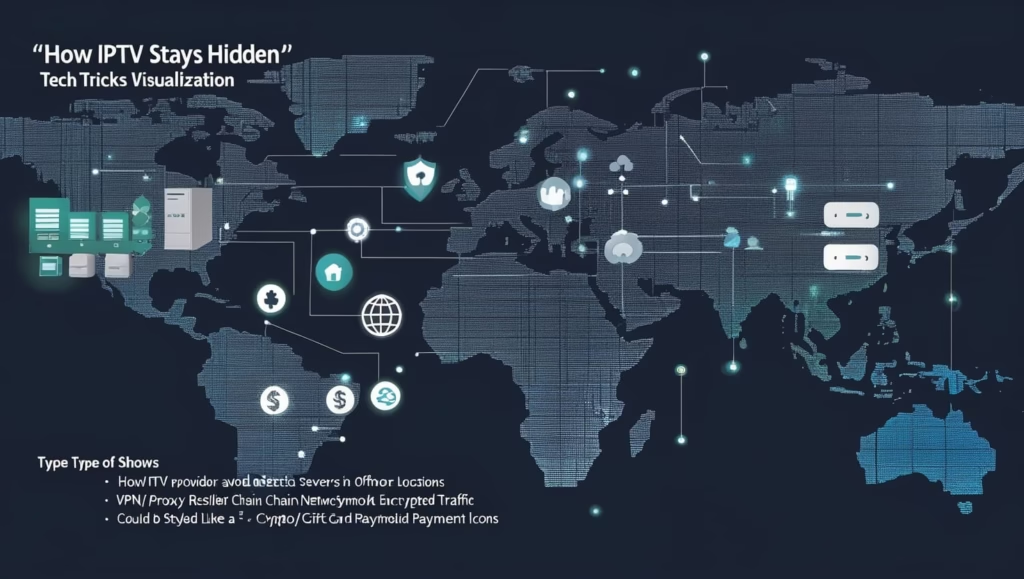
Where Does IPTV Get Their Streams for On-Demand Content?
Live TV is one thing, but when it comes to movies and shows, you might still wonder: Where does IPTV get their streams for on-demand content? The process is a bit different, and often even more complicated.
1. Direct Content Licensing
Legitimate IPTV services that include on-demand content (like Netflix or Amazon Prime) get their material directly from production studios. They negotiate contracts and pay hefty licensing fees for streaming rights. That’s why these services often have exclusive content libraries.
2. File Hosting Servers
Grey-market IPTV providers typically don’t have these contracts. Instead, they upload or acquire media files (movies, shows, series) from various sources and host them on massive servers. Think of it like having a private Netflix—but without the studio permissions.
3. Torrenting and File Sharing
Yes, you guessed it. A lot of IPTV on-demand libraries are built from torrents. Providers download high-quality versions of new releases, re-encode them, and then stream them through their platforms. This is highly illegal but extremely common in the underground IPTV market.
4. Cloud Storage Tricks
Many providers use cloud services (sometimes even Google Drive or Dropbox-style platforms) to store movies and shows. They mask these files as “personal backups” but then serve them to thousands of customers through their IPTV apps.
5. Constant Updating
On-demand libraries in IPTV are updated constantly, sometimes daily. Providers scrape torrent networks, warez forums, and direct download sites to keep their libraries fresh.
So when you’re scrolling through that endless list of new movies, you now know the secret: IPTV on-demand content often comes from a blend of licensed, pirated, and cloud-hosted sources.
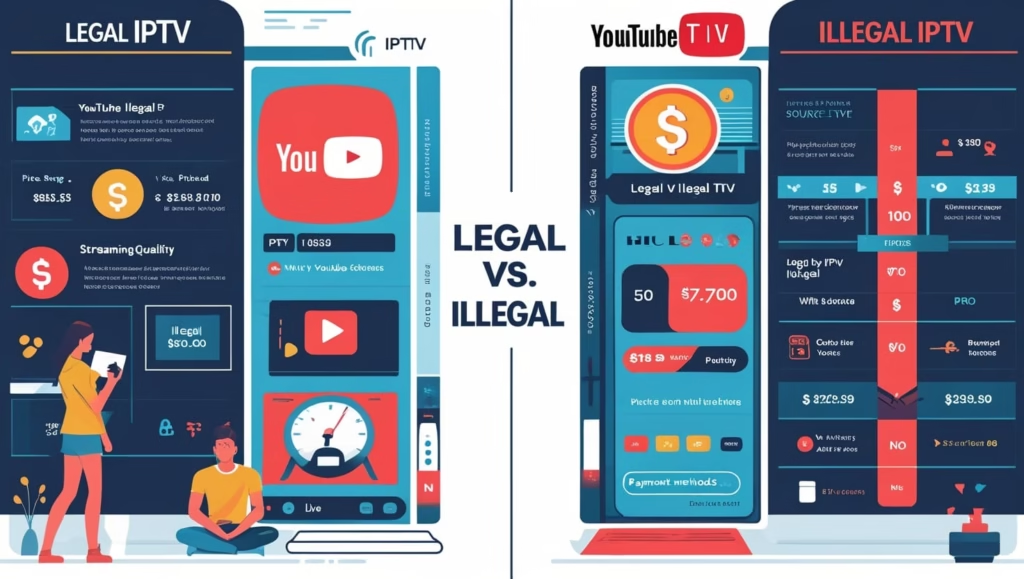
Where Does IPTV Get Their Streams Using Tech Tricks?
This is where the technical wizardry comes in. IPTV providers don’t just magically beam TV into your living room; they use advanced tools and tricks. So, where does IPTV get their streams using tech tricks?
1. Capture Cards and Encoders
A popular method involves using capture cards connected to satellite receivers. These cards digitize the signal, re-encode it into streaming format, and then send it across the internet. This is how many providers “steal” high-quality HD and 4K streams.
2. Stream Scraping
Stream scraping is the art of extracting playable video links from websites. Many IPTV operators run bots that scan the web for hidden streaming URLs and then plug them into their playlists.
3. CDN (Content Delivery Networks)
To deliver streams smoothly, IPTV providers often use CDNs. These are networks of servers spread around the globe that cache content closer to viewers, reducing lag and buffering. Even illegal providers piggyback on CDNs to keep streams stable.
4. VPNs and Proxy Servers
To avoid being tracked, IPTV providers frequently mask their servers using VPNs and proxies. This makes it nearly impossible to pinpoint the origin of their streams.
5. Restreaming from Other IPTV Services
Yes, some IPTV providers don’t even source content themselves—they simply buy another provider’s subscription, rip the streams, and then resell them as their own. This is called “restreaming,” and it’s rampant in the IPTV industry.
In short, the technology behind IPTV streams is just as fascinating as the sources themselves.
Where Does IPTV Get Their Streams? Legal or Not?
Now, let’s get serious. Where does IPTV get their streams, and is it legal? The answer depends on the provider.
- Legal IPTV Services (e.g., Hulu Live, Sling TV, YouTube TV) operate with full licenses. They’re essentially internet-based cable companies. Their content sources are 100% authorized.
- Illegal IPTV Services rely on pirated feeds, torrents, or restreaming. They don’t pay for rights, which makes their operations illegal in most countries.
The biggest giveaway is pricing. If you see an IPTV service offering thousands of channels and movies for $10–$20 a month, chances are it’s not legitimate. Licensing costs alone make it impossible to run a legal IPTV service that cheap.
Laws vary by country, but in many regions, using illegal IPTV is considered copyright infringement. Providers can be prosecuted, and in some cases, even end-users face consequences.
Where Does IPTV Get Their Streams Without Getting Caught?
This is the juicy part. How do IPTV providers keep operating when authorities are constantly cracking down? Where does IPTV get their streams without getting caught?
1. Offshore Hosting
Many IPTV servers are hosted in countries with weak copyright laws. These safe havens make it difficult for authorities to shut them down.
2. Constant Server Switching
Providers frequently move their servers, change domain names, and rebrand to avoid detection.
3. Encryption
Streams are often encrypted so that ISPs and watchdogs can’t easily monitor the content.
4. Reseller Networks
Some IPTV providers never deal directly with end-users. Instead, they sell access to resellers who then handle customers. This creates multiple layers of separation.
5. Payment Evasion
Instead of traditional payment processors like PayPal, illegal IPTV providers often accept crypto or gift cards. This keeps transactions untraceable.
Essentially, IPTV providers survive by playing a game of digital cat and mouse with authorities.
Where Does IPTV Get Their Streams and How Does It Affect You?
So, what does all this mean for you, the viewer? Knowing where IPTV gets their streams helps you make smarter decisions.
- Reliability: Illegal IPTV streams often buffer or disappear suddenly because authorities shut down servers. Licensed providers are far more stable.
- Security Risks: Grey-market IPTV apps can contain malware, spyware, or steal your data.
- Legal Issues: In some countries, watching illegal IPTV can land you fines—or worse.
- Quality: Licensed providers usually offer higher-quality HD and 4K content compared to pirated streams.
- Price vs. Value: While cheap IPTV may look tempting, you’re trading stability and safety for cost.
Understanding the origins of IPTV streams puts the power in your hands. You can decide whether to pay for legitimacy or take the risks of grey-market providers.
Conclusion: The Truth About IPTV Streams
So, where does IPTV get their streams? The answer is: everywhere. From licensed deals with broadcasters to pirated satellite signals, torrents, and clever tech tricks, IPTV providers use a mix of methods to deliver content. Some are 100% legal, others are completely underground, and many operate in a grey area.
For you, the user, the key takeaway is awareness. Knowing the difference between legal and illegal sources helps you stay safe, avoid risks, and choose the IPTV experience that works best for you. IPTV has revolutionized TV as we know it—but the real secret is understanding where those streams come from.

